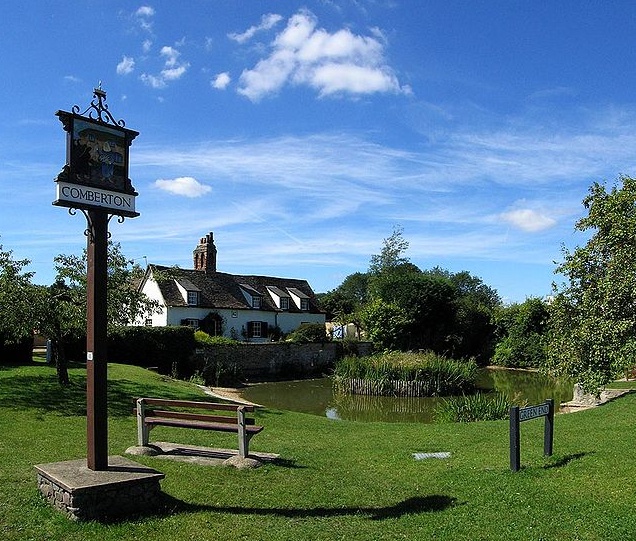Songs of Innocence and Experience Contents
Nurse's Song (E) - Imagery, symbolism and themes
Imagery and symbolism
Green – Blake returns to his image of the village green, which represents:
- Growth, fertility and spring
- The importance of play, and therefore of imagination, in human life
- Freedom from the rule or demands of an authority figure.
Here, it is used to symbolise everything about the children's life and freedom which makes the Nurse ‘green' with envy. At the same time, green is associated with nausea and sourness, which indicates both the corruption of the Nurse's mind and, perhaps, the corruption of childhood innocence.
The nurse - The image of the nurse is also used to represent the caring and nurturing capacity within human beings. This can be used to protect the freedom of what is carefree, innocent and vulnerable. When this is so, the nurse or care-giver delights in their charge and has no desire to repress or rule. But this capacity can also be distorted into a desire to control and devour what is carefree and vulnerable. This is the case in Nurse's Song (E).
Disguise – the idea of concealment has already been hinted at in ‘whisperings' and is the product of experience rather than innocence. From the Nurse's bitter perspective, even the ‘purity' of childhood is a pretence. Alternatively, she might be reflecting on her adult self (in the ‘winter' of her life) and the necessity of concealment of the true self in order to function socially.
Investigating imagery and symbolism
- How does your own image of a child's nurse or nanny compare with Blake's image in this poem?
Themes
The nature of parental care and authority
Here the nurse, a quasi-parental figure, deliberately inhibits and represses the children. She uses the authority of a society based on external authority figures and laws to mask jealousy and cruelty as ‘love'.
The effects of the Fall
A second, related theme is the effect on human relationships of fallen divided selfhood which sees itself at the centre of its world as something to be protected and defended. Its pleasures must be jealously defended and denied to others. One chief pleasure is exerting control over others, which can often masquerade as showing protective love.
The perception of children
In Blake's era, there was a debate about the nature of children:
- Is the child born free and good, as Rousseau believed
- Or born depraved, as the Calvinist Christians believed
- Or is this opposition the result of fallen human beings' inability to recognise that the capacities for good and evil both belong to humanity?
Blake saw the natural child as an image of the creative imagination which is the human being's spiritual core. He was concerned about the way in which social institutions such as the school system and parental authority crushed the capacity for imaginative vision. The child's capacity for happiness and play are expressions of this imagination. Here, the nurse resents the freedom and creativity of the children – she is not simply stopping their play, she is stifling the spirit within them.
Investigating themes
- Compare the use of the theme of parental care and authority here and in Nurse's Song (I).
